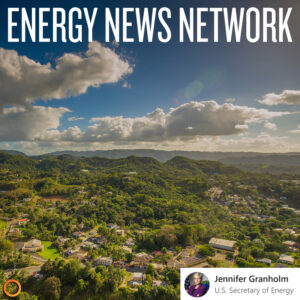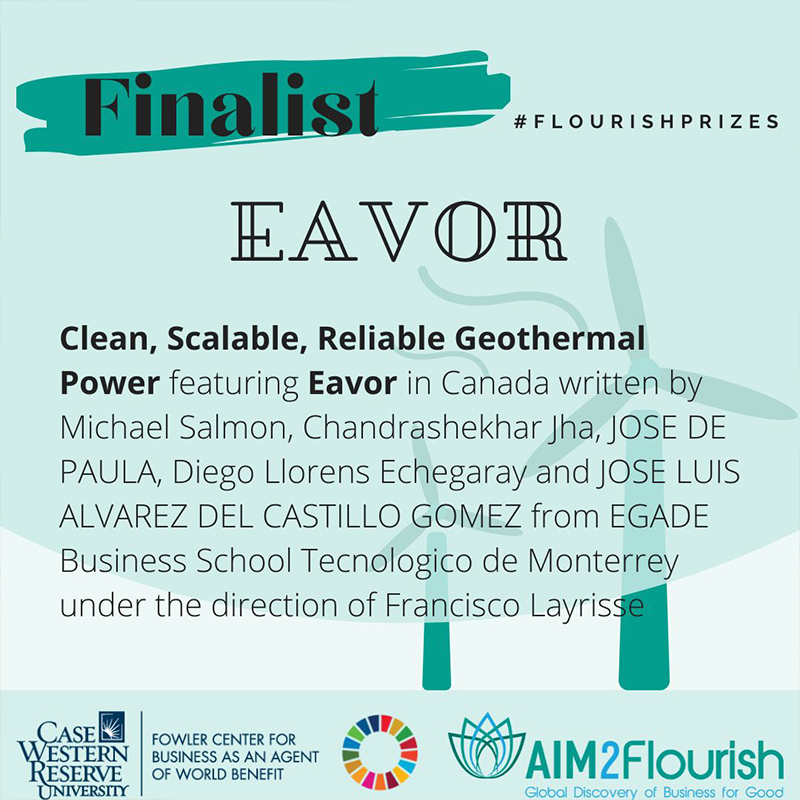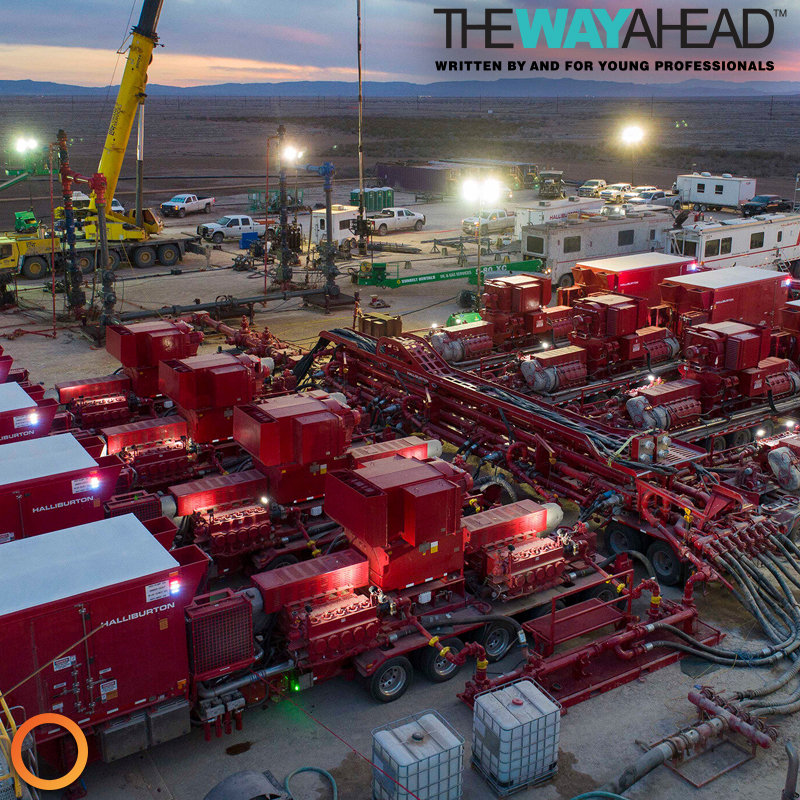Energy News Network published an article stating the U.S. Department of Energy pledged $1 billion to expand Puerto Rico’s solar energy systems. The island is striving to become less reliant on fossil fuels and integrate a more renewable source of energy into their grid.
Alexis Massol González, founder of solar project Casa Pueblo, is hopeful that the funds will be funnelled to independent solar projects, as it would boost local energy autonomy and establish a more reliable source of power during natural disasters.
Casa Pueblo, according to Massol González, became an “energy oasis” during the fallout of Hurricane María in 2017, as people could use energy from the solar panels to make phone calls.
Like many islands in the Caribbean, Puerto Rico is no stranger to hurricanes and tropical storms. Hurricane María devastated the island with Category 5 wind speed and rainfall, dubbing it one of the deadliest natural disasters in U.S. history.
As a result, the island is still struggling to recover and maintain parts of its energy infrastructure. According to Alberto Colón, from Comunidad Guayamesa, an organization that installs and maintains solar panels for elderly residents, when projects need repairs, residents pay out of pocket.
“It’s not a matter of installing the equipment and leaving it in God’s hands. We make sure to give it the necessary maintenance,” said Colón.
While solar energy can be reliable on an island that receives a generous amount of annual sunlight, there is limited land available. An average-sized solar farm typically occupies between 30-40 acres of land.
The article also states that residents have expressed skepticism towards this increase of solar farms because it can “damage land and continue reliance on shipping power across the island.”
Eavor-Loops™ use significantly less land space than solar. This technology can be a valuable asset on a small island, as it builds downward rather than outward. Additionally, it would greatly assist Puerto Rico’s goal in establishing more reliable sources of energy, as this closed-loop system has a reliable baseload, produces zero emissions, and enables local energy autonomy.
To read the full article, click here.



















